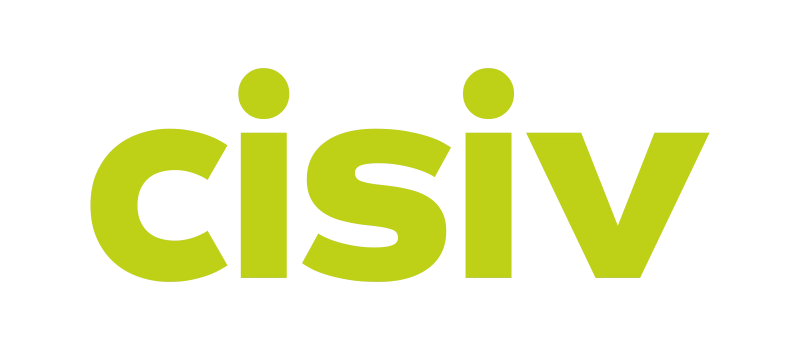Clinical trials are by design, a scientific experiment, which require highly selective populations in a controlled setting, and with often quite an extreme inclusion and exclusion criteria. By contrast, the research outcome is supposed to represent the entire population, despite the lack of diversity [1]. This oversight can be extremely harmful in the lives of women and under-represented groups who are not included in clinical trials. Real-world data (RWD) is often utilised to resolve gaps in knowledge from clinical trials.
Participants in research clinical trials (RCT) tend to be less diverse across race, gender and ethnicity in comparison to patients in primary or secondary care settings. There is also often a large bias in recruitment based on one’s socio-economic background, with recruitment more likely to occur in higher income areas. In the United States, African derived and Latino people account for 30% of the US population, but only account for 6% of federally funded clinical trials [2]. Women are also inadequately represented, with older age acting as another barrier [3].
A lack of diversity in health research restricts understanding of the safety and efficacy of novel therapies across subgroups of populations that are often not quantified [4]. This restricts our ability to generalise study results and it can hinder populations from benefiting and engaging with research innovations [5].
The FDA recommends diversity action plans to ensure meaningful representation in clinical trials. For these plans to be effective, it is important to prioritise understanding the specific diversity gaps related to the investigative therapy. RWD is often utilised to address the lack of diversity found in clinical trials. Whereas an RCT aims to restrict recruitment to minimise confounders, a RWD study aims for a much broader recruitment with fewer inclusion/exclusion criteria. It provides the opportunity to undertake research that cannot be traditionally done with RCT. For example, pregnancy surveillance registries aim to understand the possible risk or impact of exposure of a drug on a pregnant woman and the unborn child. It also allows for a larger sample size, and the ability to monitor real world behaviour [6].
RWD methodology can be split into two: primary data collection and the utilisation of databases. Databases refer to sources such as electronic health records, medical claims data and health insurance data. This is data routinely collected in a primary or secondary care setting, which is collated and anonymised for research purposes. Data from databases can be used to address research questions and is commonly used to answer questions unanswered by RCT. However, as the data has already been collected, there are notable limitations on the research questions that can be asked and answered.
Primary data collection or prospective data collection can also be used in non-interventional studies (NIS), registries, post approval safety (PASS) studies when the data is spread over multiple systems and cannot easily be obtained from a single EMR. In some therapeutic indications, a patient could be seen by several specialty physicians and the diagnosis can take several years. In these cases, data is dispersed and an EMR or claims database download is not enough to provide the clinical depth needed to answer the research question. This method of RWD collection enables more flexibility, as well as more depth of data to ensure research questions are addressed.
In a prospective NIS or observational research, the nature of the data differs from rigid clinical trials. The study is about increasing widely diversity of sites, patients, countries. These studies often have multiple protocol variations, protocol amendments, and can last for up to 15 years. Strategies for physician and patient engagement are key. Data is often cut and looked at by epidemiologists. They often have more than one objective. Therefore, using a service provider who has specific SOPs for prospective observational research, with a different approach to site management and data management, and leverages a fit-for-purpose technology is more likely to deliver an efficient and successful study outcome. Although on the surface, they may look like another trial, real-world studies are fundamentally different.
Cisiv’s Baseline Plus is a fully integrated platform with high flexibility, built for the purpose of collecting real-world data, and supports lean and efficient methodology. The digital platform embeds automatic queries to reduce manual tasks, its analytics capability supports risk-based monitoring and increases data quality while reducing the burden to sites. It is the only platform designed from the ground up for real world studies, with an intuitive UI which responds to the challenges of real-world data entry. Cisiv has over 15 years’ experience working with Pharma to set up technology to obtain RWD
If you found this article engaging and would be interested in hearing more about how we can help you design a real-world study to meet your research needs reach out to the Cisiv team at info@cisiv.com.
